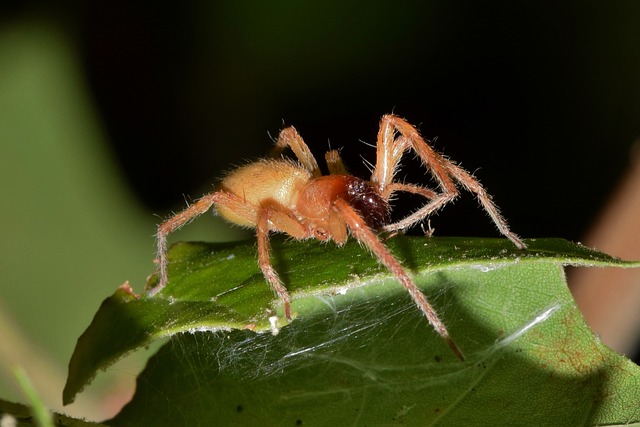
Bug stings hurt. Here in the Pacific Northwest, they can hurt a lot. In fact, there are a few insects in this neck of the woods that pack a serious punch. Here at GoodMonsters, we thought you might benefit from a safe, secure, long-distance roundup of the worst biting and stinging insects in the Pacific Northwest, as well as a little advice on how to avoid them.
Yellowjackets
Like bees and other winged insects of this type, yellowjackets will sting while defending their nest, which, unless you’re destroying it by accident, is partly justified (who wants to have their home destroyed?). However, come late summer and fall, yellowjackets have been known to sting despite not being provoked while scavenging aggressively. And unlike bees, they can sting multiple times. Their sting produces a large red welt, and can cause allergic reactions in some people.
Wasps
Wasps differ from yellowjackets in a few ways: they build their nests aboveground (versus some species of yellowjackets which build them underground); they generally feed on other insects (versus your food/garbage); and they generally only attack when their nest is threatened. However, they are similar in one very significant way: they sting, and it hurts. Their barbed stinger doesn’t go below the skin and can therefore be used multiple times. Fun.
Bald-faced hornets
This hornet, also found mostly in Oregon, apparently does not appreciate you calling it bald. It’s distinguished by its white-faced appearance, and, like yellowjackets, stands out from other stinging insects by its aggressive nature, attacking even when not provoked.
Hobo spiders
While there are a range of spiders in the Pacific Northwest, the one that is more unique to here is the hobo spider, so named for its ability to hitch a ride along PNW highways. The bite from a hobo spider usually comes out of self-defense, and causes mild irritation and redness. Of course, due to its visual similarity to other types of spiders (including the brown recluse), it’s advisable that you never assume something is a hobo spider if you’ve been bitten, and to seek medical attention.
Ticks
The bite of a tick doesn’t hurt and may go largely unnoticed, likely only producing symptoms in the event of an allergic reaction. But the threat of Lyme disease, which can lurk for months or years undetected, should be enough to make anyone afraid of ticks. Remember to wear light-colored clothing on walks where ticks are present, and always check your clothes and hairline after a walk through the woods to detect them.
Biting deer flies
What’s worse than an annoying fly? An annoying biting fly. These insects are commonly found around bodies of water, of which there are plenty in the PNW. They can be identified by their black-and-yellow striped wings. The bite of a fly can cause an itchy, painful wound that appears red and swollen. They can also transmit a bacterial infection called tularemia. It’s recommended to seek medical attention if the bite of a deer fly causes a severe reaction.
Chiggers
Chiggers are small mites that are closely related to spiders. As with ticks, they attach themselves to humans who are outside. Their bite produces an itchy rash that can commonly be mistaken for a mosquito or other insect bite. While more common to the South, there has been increasing evidence of chigger activity here in the PNW, so keep an eye out.
If you encounter any of these insects in or around your home, or want to learn more about what GoodMonsters can do to eradicate them from outdoor areas, reach out to us at (360) 935-4200 or contact us online to get help ASAP!